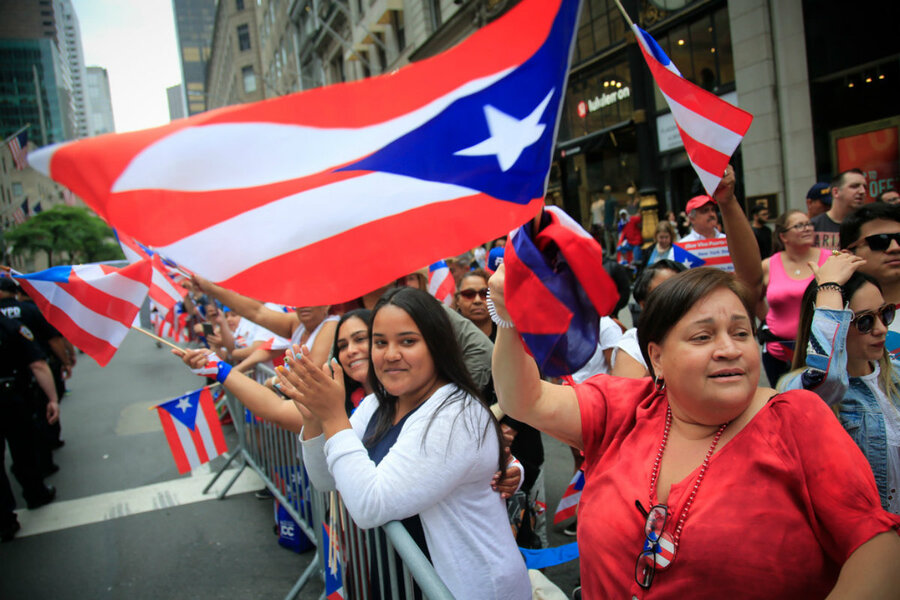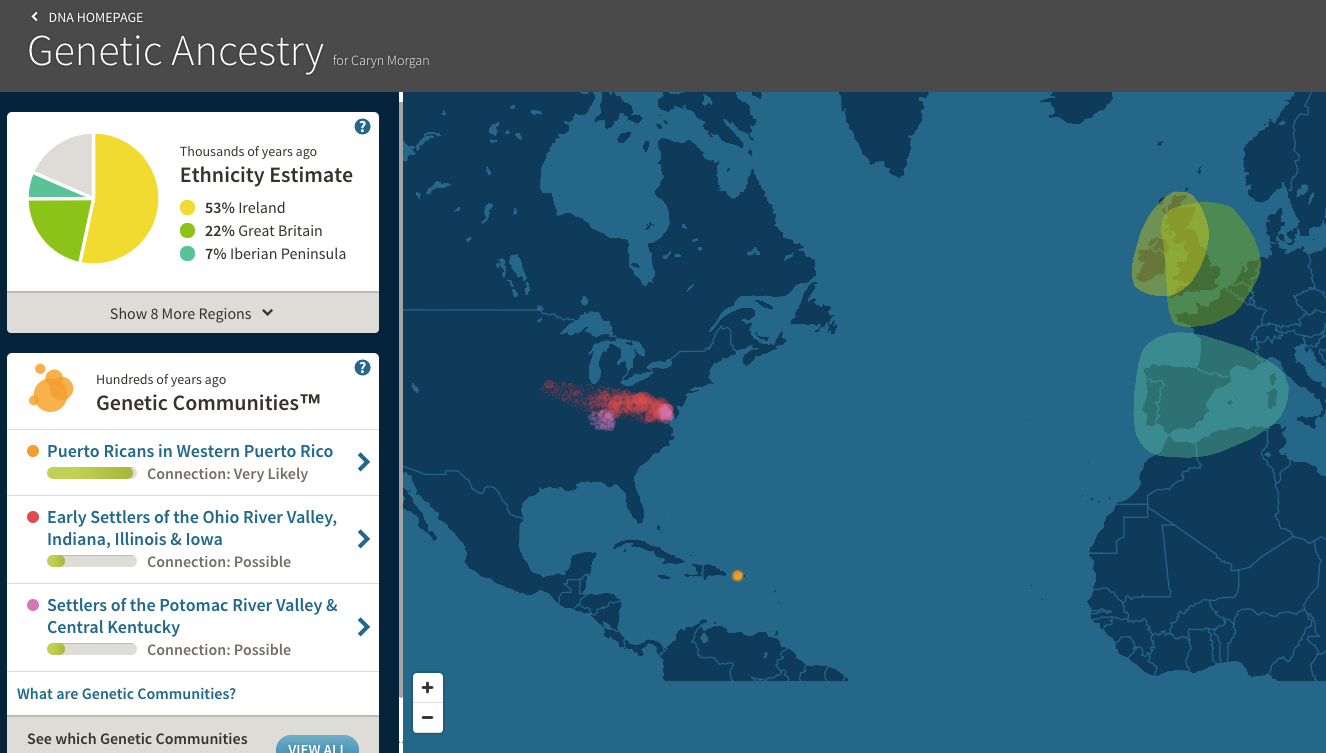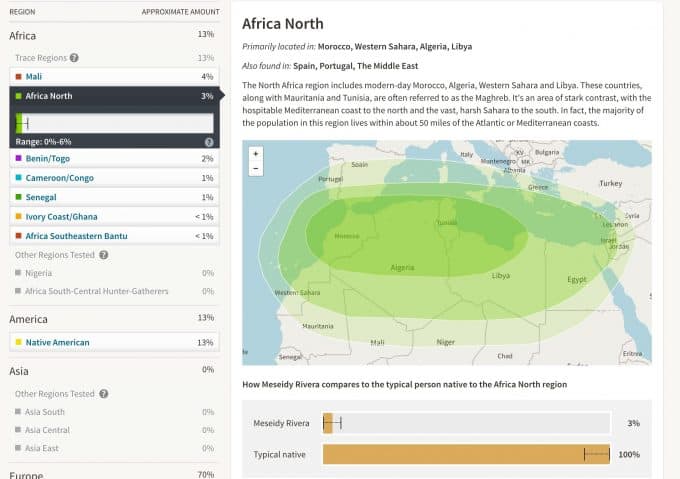Births in Puerto Rico often occurred at home. A parent or other relative would have to register the birth at a municipal office, and this is where we get the 'Acta de nacimiento', or birth register. Below is a glossary of the terms and phrases shown in these documents:
The Spanish government in some Puerto Rican municipalities kept civil registrations of births, marriages, and deaths. Civil registration for the entire territory began in 1885 and these records contain a lot of important genealogical information. You can find Puerto Rican civil registration collections on Ancestry and FamilySearch. Ramon Fernandez b. 1901 (standing) next to unknown friend/family, ca 1920, NYC, probably shortly after his first marriage in Nov 1920 to Carmen Dorios Picon. He was part of an earlier wave of Puerto Rican migration to New York City. Just a month ago, I decided i’d try searching with the Carrillo name, and, lo and behold!!
The beginning of the birth register should indicate in what municipality/town the birth was registered. Depending on where your ancestor was born, their birth record might show a different municipality than their adult home address.
The text of the birth register document reads as follows:
Puerto Rican ancestry, family history, and genealogy: birth records, marriage records, death records, census records, family history, etc.
Register of Birth
In the [name of municipality/town], at [numerical hour of the day] on the [numerical day] of the [month] of the [year spelled out in words], before [name of Judge], Judge of the Municipal District of [name of District], and [name of Secretary], Secretary, appeared [name of declarant], of [hometown (country, if not Puerto Rico)], adult, of [marital status], [profession], and resident of [street address and number], in order to register a [daughter / son], and to do that as [relationship to child]:
That said [daughter / son] was born at the home of the declarant on [xx day of xx month].
That this child is the [legitimate / acknowledged / illegitimate] child of the declarant and [information about other parent; this section might include information on grandparents, as well].
That this child is [granddaughter/grandson] of [paternal grandfather's name], [aged xx years / deceased], and [maternal grandfather's name], [aged xx years / deceased].
Puerto Rican Dnapuerto Rican Genealogy Ancestry

And that this child has been given the name [name of child].
All of which was been witnessed by [names and titles of witnesses].
Sealed by the Municipal Court Judge, declarant, and witnesses.
Some useful phrases in translation:
mil novecientos = 19__ (rarely, 'mil ochocientos' = 18__)
comparecio = appears
legitimo = legitimate
natural = illegitimate
ya difunto = deceased
de __ años de edad = is __ years old
Some records also list the race of the child, which literally translate as: blanca/o = white; mestiza/o = literally 'mixed', typically refers to a person of Spanish and Native American ancestry; mulata/o = a person with one parent of African descent and one parent of European descent; negra/o = black; parda/o = brown; triqueña/o = 'three cultures'.
Today, I will like to talk about Taino Symbology and what some of them represent. Tainos spread out all over the Caribbean islands, so I am not sure which symbols are unique to each island, but since each Taino group interacted with one another, I am sure they shared many among themselves. If you know about this topic, please share it in the comment section below.
I haven’t met any other Caribbean group as proud of their Taino roots as much as the Puerto Ricans. Taino symbology is vital in our culture, and you would see these symbols everywhere, even outside the island! I can quickly identify someone who is Puerto Rican without me knowing them by looking at the decals on the back of their car. Many Boricuas love to put stickers of the frog or the sun. You can also find Taino symbols in tattoo art, clothing, jewelry, wall decorations, etc.
The Taino had no written alphabet. They communicated in the language called “Arawakan,” which consisted of petroglyphs and artistic symbols carved on rocks. According to this website, the Taino men also tattooed these symbols on their bodies for spiritual purposes, and the women had piercings.

Taino had different sun symbols, but this one, in particular, is the most seen. The Taino believed that the sun and the moon came out of caves.
The second most famous symbol is the frog, the species of the frog is the coqui, which is native from Puerto Rico. Tainos also loved to draw petroglyphs of other species, such as lizards, snails, birds, and turtles.
The website Taino Age has ten pages full of Taino petroglyphs. This is another section of this page with symbols click here.
Puerto Rican Dnapuerto Rican Genealogy Records

Even though some symbols are easy to decipher, there are still other symbols that people yet don’t know what they represent. Some of the petroglyphs may be shamans, gods, and people of the tribes.
According to the archaeologist Frassetto, Monica Flaherty it represents a swaddled baby. There is also the theory that Tainos slept in hammocks, and when they died, they wrapped the deceased person in their hammock.
If you are interested in seeing some of these petroglyphs in person, if you have plans of traveling to Puerto Rico one day you can see them in these places:
- Cueva del Indio – Arecibo
- Cueva del Indio – Rio Piedras
- Caguana Indigenous Ceremonial Park – Arecibo
- Rio Blanco in Naguabo
- Piedra Escrita – Jayuya

Puerto Rico Day Trips is a website I recommend that has lists of places where you can learn more about the Taino history and culture in Puerto Rico. Specially the Taino Route Itinerary.

Other sources used:
